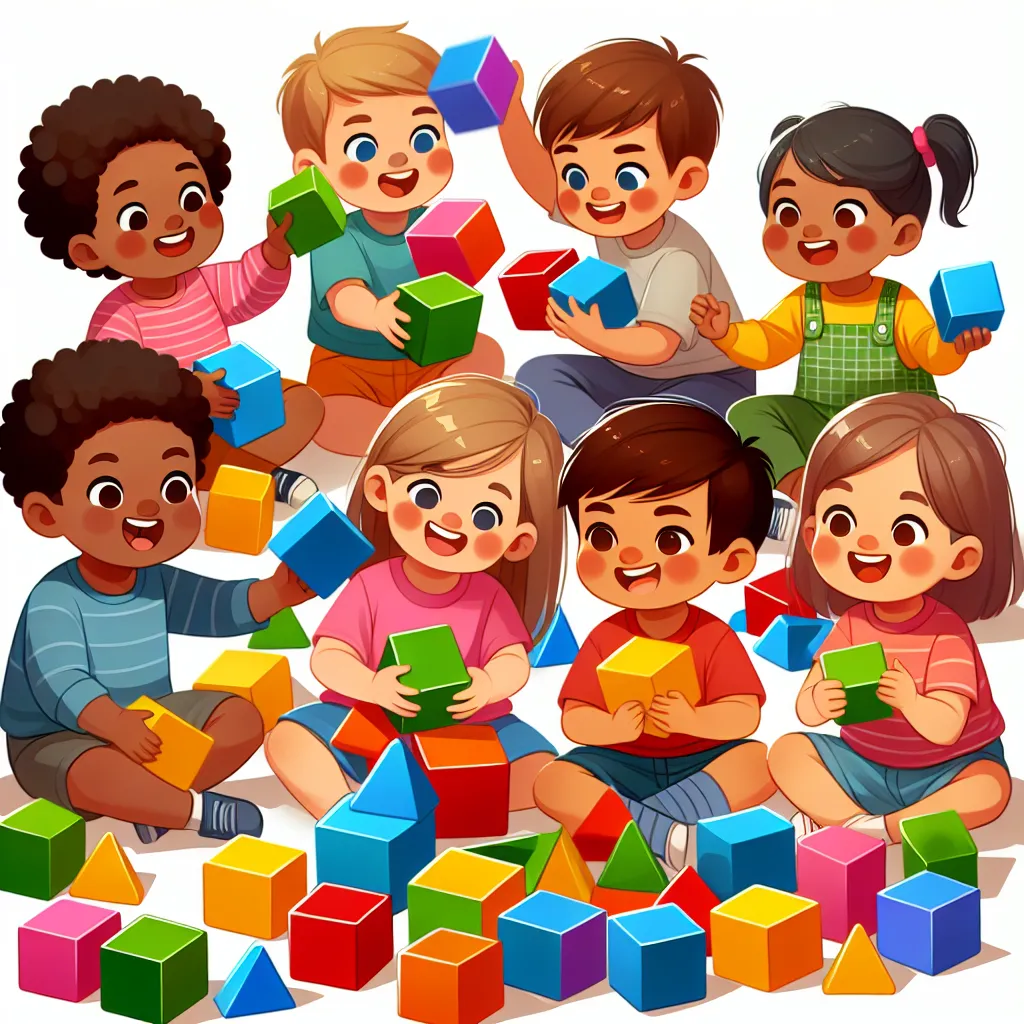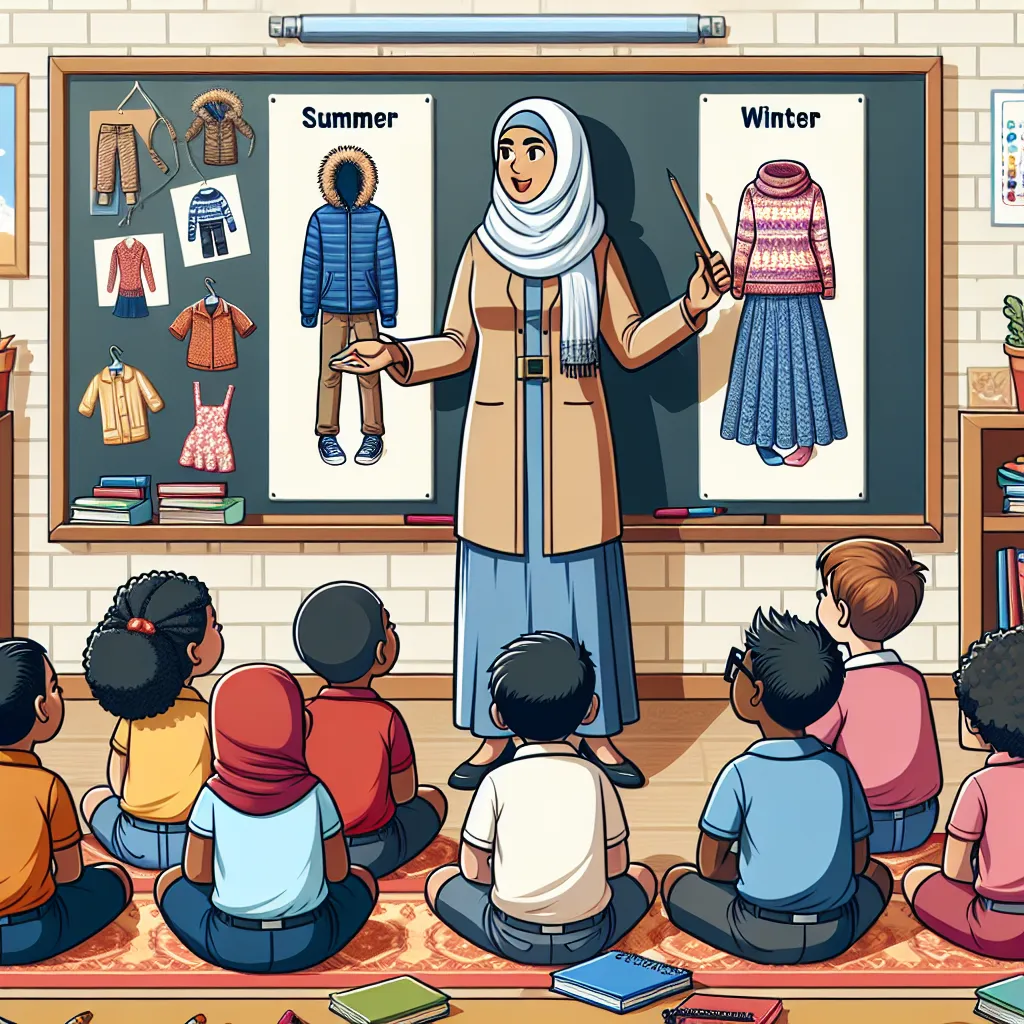Ask AI on The Internet
Question: 2.1 In your own words, explain the central idea behind Piaget's theory of learner's knowledge acquisition. (2) 2.2 Describe the concept of "schemes" as proposed by Piaget. How do learners develop and modify these schemes as they interact with their environment? (6) 2.3 Critically explain the process of assimilation in the context of Piaget's theory. Provide ONE (1) example of how learners assimilate new information into their existing knowledge. (3) 2.4 Differentiate between assimilation and accommodation according to Piaget's theory. Provide a real-life scenario where a child would need to use both processes to make sense of a new experience. 2.6 Critically discuss the role of equilibrium in Piaget's theory of cognitive development and discuss how it relates to the balance between existing knowledge and new learning in a learner's mind. Provide ONE (1) example of a situation where a learner achieves equilibrium. (3) 2.6 Create a short activity that demonstrates how a Grade R teacher builds new knowledge onto existing knowledge in the classroom. Use any ONE (1) of the following topics: - Transport - Seasons - Farm animals - Healthy lifestyle - Safety
2.1 The central idea behind Piaget's theory of learner's knowledge acquisition is that learners actively construct their own understanding and knowledge through experience and interaction with their environment. This means, instead of simply absorbing information, they use cognitive processes to interpret and make sense of their experiences. 2.2 Schemes, as proposed by Piaget, are mental structures or frameworks that organise and interpret information. Learners develop these schemes from experiences they encounter, creating basic structures for understanding their world. As they interact with their environment and encounter new experiences, these schemes are modified, expanded and made more complex. This process occurs through assimilation, accommodation, and equilibration. 2.3 Assimilation in Piaget's theory refers to the process by which learners incorporate new experiences or information into their existing schemes. For example, if a child has a scheme for dogs and they encounter a cat, they might assimilate this new information by including cats in their scheme for dogs, considering both as 'four-legged animals.' 2.4 In Piaget's theory, assimilation and accommodation are two key processes in understanding how learners process new information. Assimilation is when a child incorporates new experiences into existing mental schemas, while accommodation is when a child changes their existing schemas to accommodate new experiences. For example, when a child encounters a whale for the first time, they might try to assimilate it into their existing scheme for 'fish.' But when they learn that whales are actually mammals, they'll need to accommodate this new information by changing their scheme for 'fish.' 2.5 Equilibrium in Piaget's theory refers to the balance between what a learner already knows and new learning or experiences. Equilibrium is achieved when learners can assimilate or accommodate new information without creating inconsistencies in their existing schemes. For example, a child learns that not all flying objects are birds - some are planes. This causes cognitive disruption (disequilibrium), but through assimilation and accommodation, they adjust their scheme to incorporate this knowledge, thus achieving equilibrium. 2.6 An activity to demonstrate knowledge building for a Grade R teacher could be using the topic 'Farm Animals.' They could start the lesson with a discussion of animals the students already know. Then, the teacher could introduce farm animals using books or videos. This new information would be assimilated into their existing schema for animals. To accommodate the new knowledge, students would categorize and differentiate between farm animals and other types of animals. The teacher could further encourage this by an activity - like a sorting game - where they should separate animals into 'farm animals' and 'not farm animals.’
A new large language model has been made available since this question was asked.
To generate an updated answer from the new model, click the button below.
Think your answer is better than the AI's? Post it below.
Other Most Relevant Posts:
 2.1 Piaget's Theory Unveiled: Understanding Knowledge Acquisition in Learners
2.2 Unlocking the Power of Schemes: Piaget's Perspective on Cognitive Development
2.3 Assimilation Unraveled: Integrating
2.1 Piaget's Theory Unveiled: Understanding Knowledge Acquisition in Learners
2.2 Unlocking the Power of Schemes: Piaget's Perspective on Cognitive Development
2.3 Assimilation Unraveled: Integrating
 2.1 Piaget's Theory: Understanding How Learners Acquire Knowledge.
2.2 Unraveling "Schemes": Piaget's Concept of Learners' Cognitive Structures.
2.3 Assimilation in Piaget's Theory: Integrating New
2.1 Piaget's Theory: Understanding How Learners Acquire Knowledge.
2.2 Unraveling "Schemes": Piaget's Concept of Learners' Cognitive Structures.
2.3 Assimilation in Piaget's Theory: Integrating New
 2.1 Piaget's Theory of Knowledge Acquisition: Exploring How Learners Develop Understanding
2.2 Unlocking the Power of Schemes: Piaget's Idea of Learners Interacting and Modifying Their Mental Structu
2.1 Piaget's Theory of Knowledge Acquisition: Exploring How Learners Develop Understanding
2.2 Unlocking the Power of Schemes: Piaget's Idea of Learners Interacting and Modifying Their Mental Structu
Question Tags
If you want your question answered by an AI, click here.




Post your own comment: